In 2002, Sam Raimi and Tobey Maguire brought the definitive on-screen portrayal of Spider-Man to the big screen. Just five years after their trilogy ended, and 10 years after Maguire’s Spidey first swung into multiplexes, Sony hired Marc Webb to reboot the franchise with Andrew Garfield playing a new incarnation of Peter Parker.
The resulting movie, The Amazing Spider-Man, was nowhere near as perfect an adaptation of the source material as Raimi’s movies, and it’s easy to see why the rebooted franchise failed before really taking flight. However, there’s some merit to The Amazing Spider-Man as a rollicking superhero blockbuster.
10 Right: Balancing The Action With Peter’s Coming-Of-Age Journey
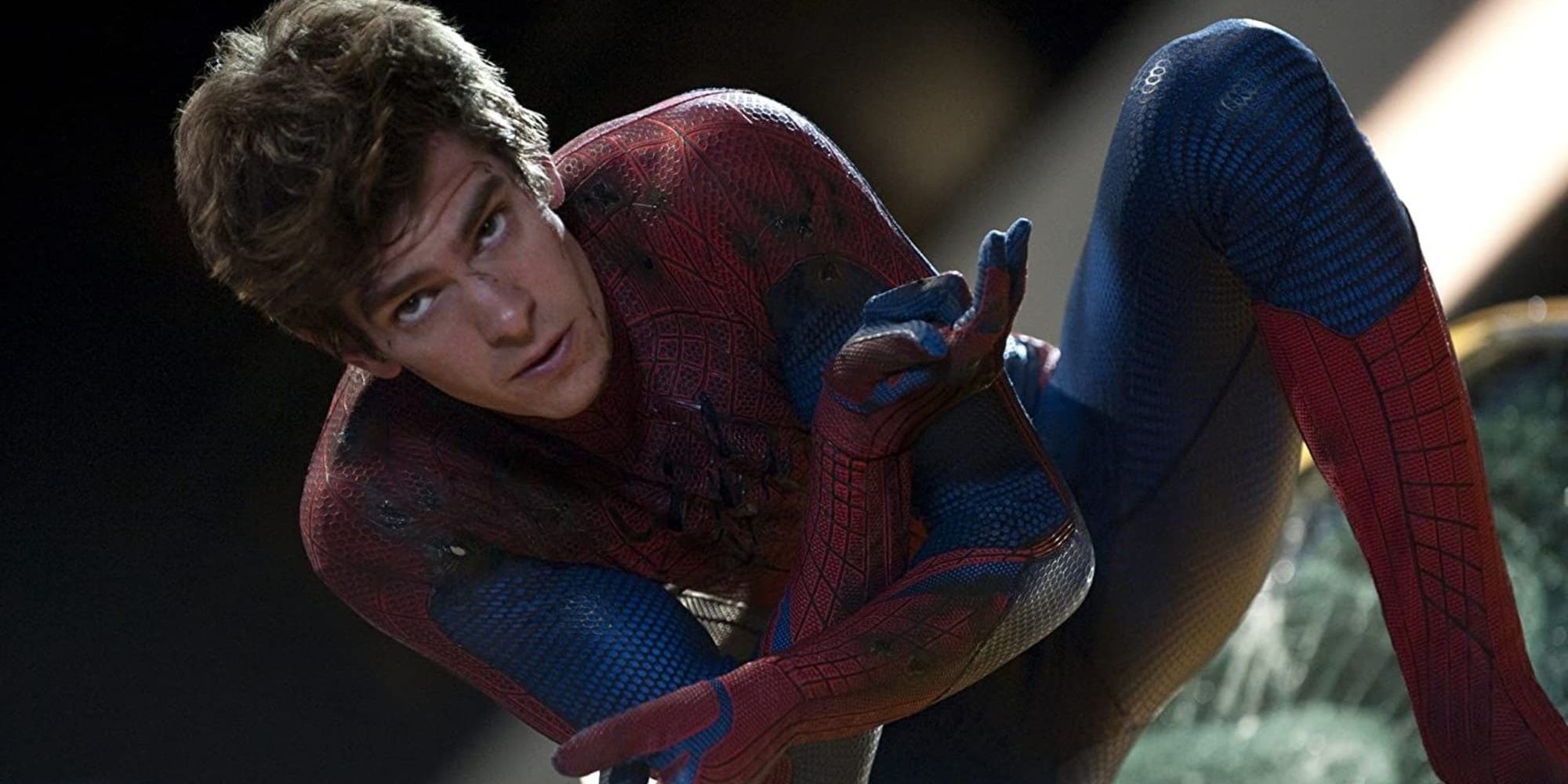
The Spider-Man comics have always been about more than just a kid putting on a red-and-blue costume and fighting crime. The story of Spider-Man is a coming-of-age story about a troubled high schooler.
In The Amazing Spider-Man, Marc Webb focused as much on Peter’s coming-of-age arc as he did on the superhero action, which is an essential element of Spidey movies.
9 Wrong: Dark Tone
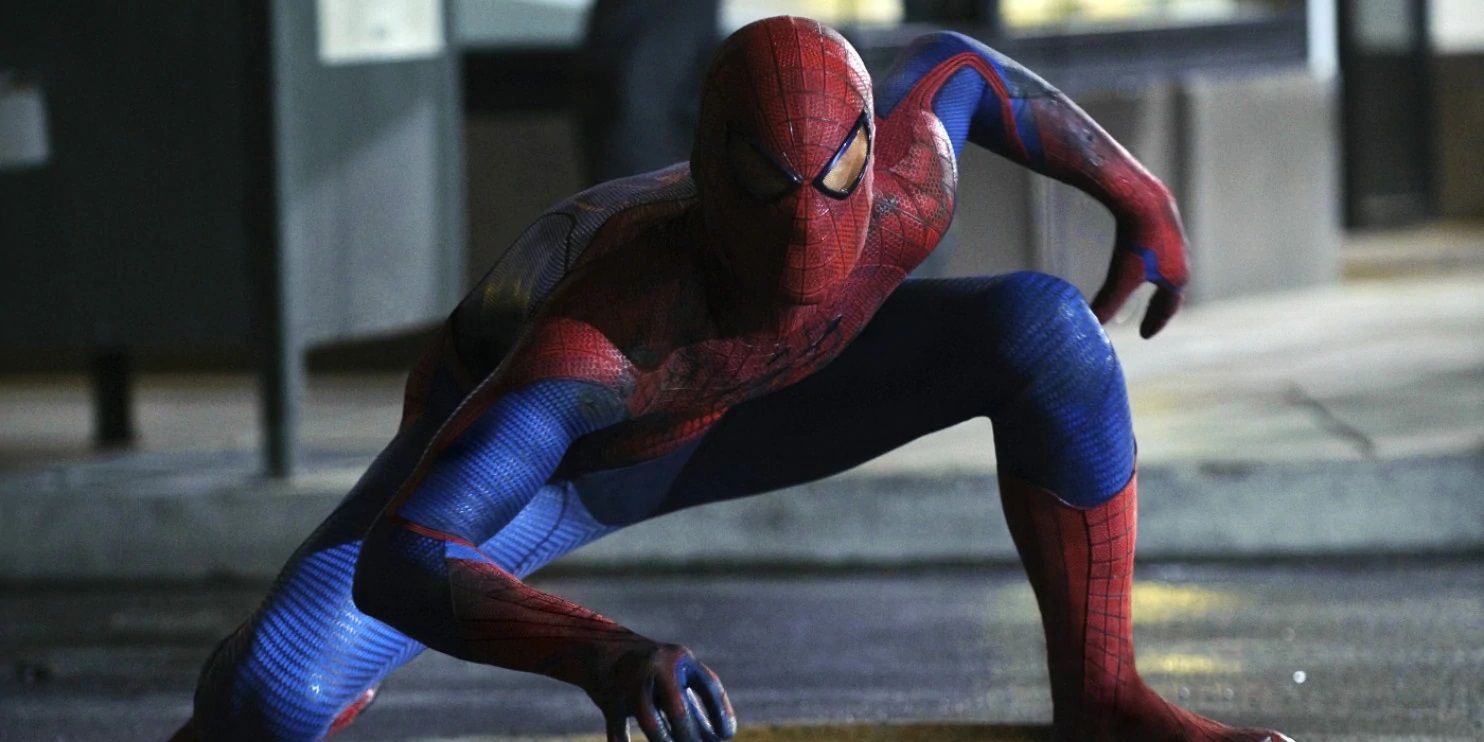
Like a lot of post-Batman Begins superhero franchise reboots, the tone of The Amazing Spider-Man is needlessly dark. It falls into the same category as Fant4stic and Man of Steel.
The spirit of Peter Parker as a bright-eyed neighborhood hero who would stop at nothing to do the right thing doesn’t suit the same tone as stories about disturbed orphan vigilante Bruce Wayne.
8 Right: Making Gwen Stacy The Love Interest
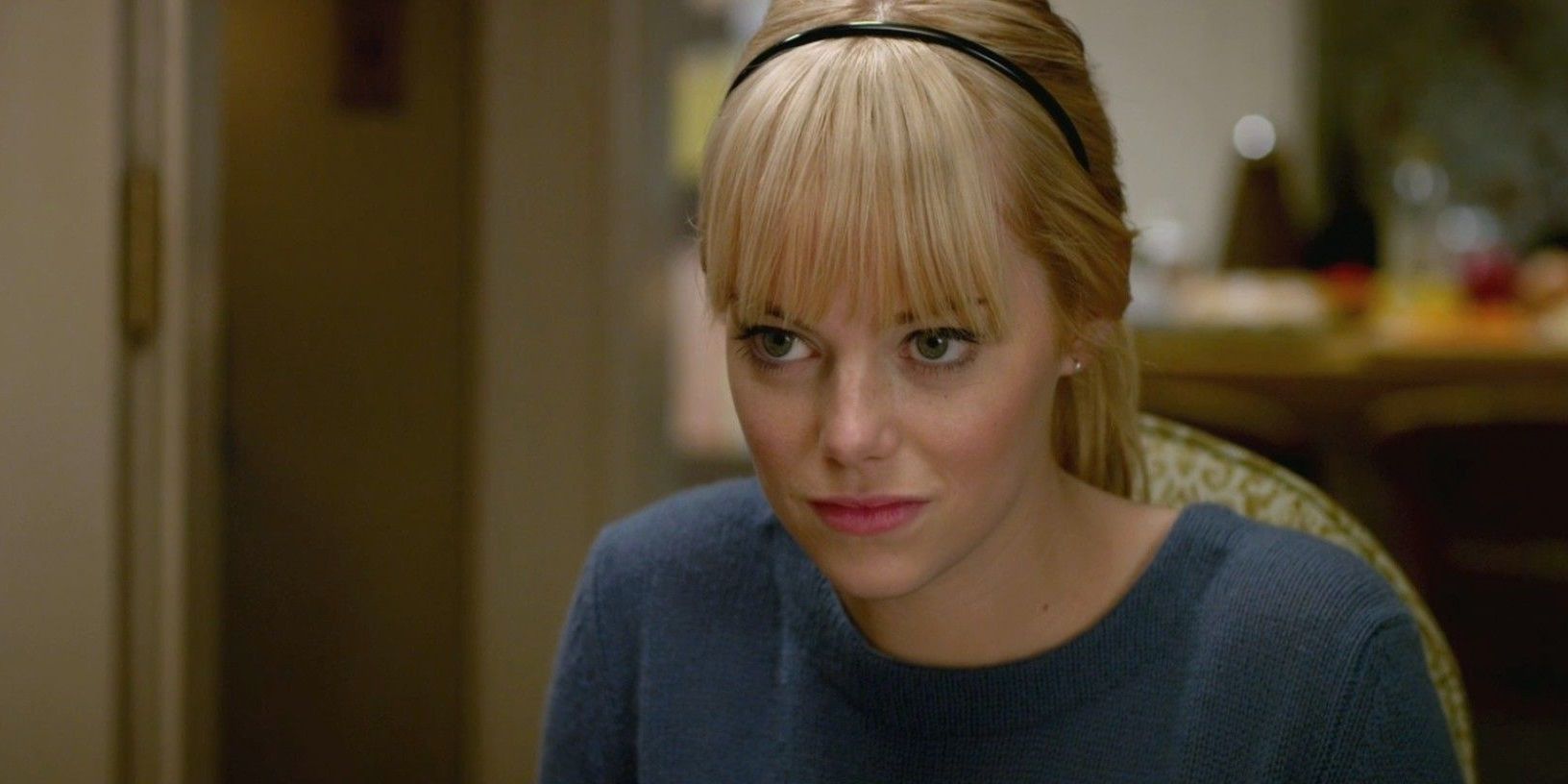
While a lot of The Amazing Spider-Man’s attempts to differentiate itself from the Raimi trilogy fall flat, switching the main love interest from Mary Jane Watson to Gwen Stacy was a smart move.
Emma Stone was perfectly cast in the role, it avoided the “girl next door” cliché, and the fact that Gwen’s dad is the local police captain made for an interesting extra layer of conflict.
7 Wrong: Needlessly Turning Peter’s Parents’ Death Into A Conspiracy

In all the decades of Spider-Man comics, the death of Peter Parker’s parents has never really been a big deal. As far as fans are concerned, Peter’s parents are May and Ben. But The Amazing Spider-Man needlessly blew up Peter’s parents’ deaths into a widespread conspiracy. An opening flashback saw young Peter finding his dad’s study had been robbed. His parents hastily pack up documents and leave him with his aunt and uncle before taking off into the night.
There was a similar flashback at the beginning of The Amazing Spider-Man 2, and in that one, Peter spends most of the movie investigating his parents’ deaths. If the franchise had continued, we probably would’ve had to endure more of this entirely unnecessary subplot.
6 Right: Martin Sheen’s Uncle Ben
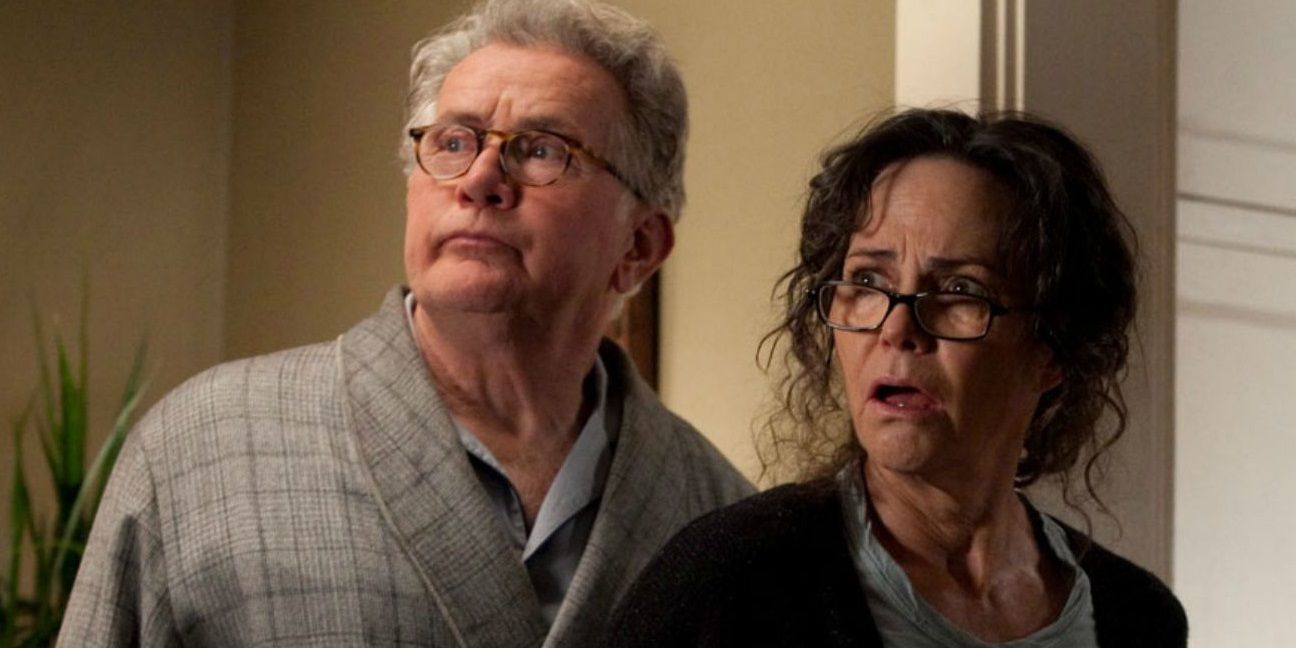
While the MCU’s Spider-Man franchise has done away with Uncle Ben altogether in favor of Uncle Tony, The Amazing Spider-Man understood the importance of the character in Spidey lore.
Cliff Robertson made for a great Uncle Ben in the Raimi trilogy, but Martin Sheen was also perfectly cast in the role, bringing a heartfelt sensitivity to the part.
5 Wrong: The Lizard’s Flat Characterization
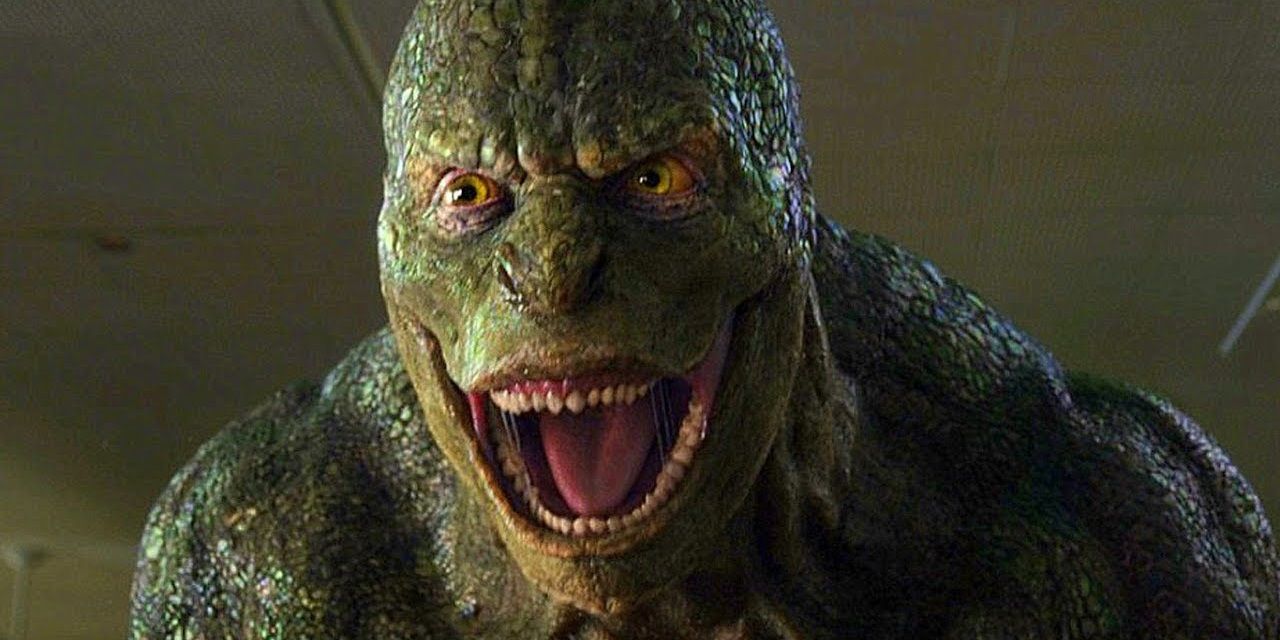
Since The Amazing Spider-Man was retooled from Sam Raimi’s unproduced Spider-Man 4, the Lizard was the villain. This would’ve been emotionally compelling for Tobey Maguire’s Peter, who developed a mentor-mentee relationship with Dr. Curt Connors for three movies, but there was no relationship between Andrew Garfield’s Peter and Rhys Ifans’ Connors.
As a result, The Amazing Spider-Man’s Lizard is a pretty generic villain with flat characterization and a nonsensical plan to turn all humans into lizards.
4 Right: Andrew Garfield And Emma Stone’s Chemistry

Andrew Garfield didn’t make a particularly great Spider-Man. His Peter seemed too cool to be a nerd and his Spidey was an obnoxious bully instead of a wisecracking hero. But he did share tangible on-screen chemistry with Emma Stone.
In fact, Garfield and Stone’s chemistry as a fictional couple was so palpable that they ended up becoming a real-life couple during filming.
3 Wrong: By-The-Numbers Direction
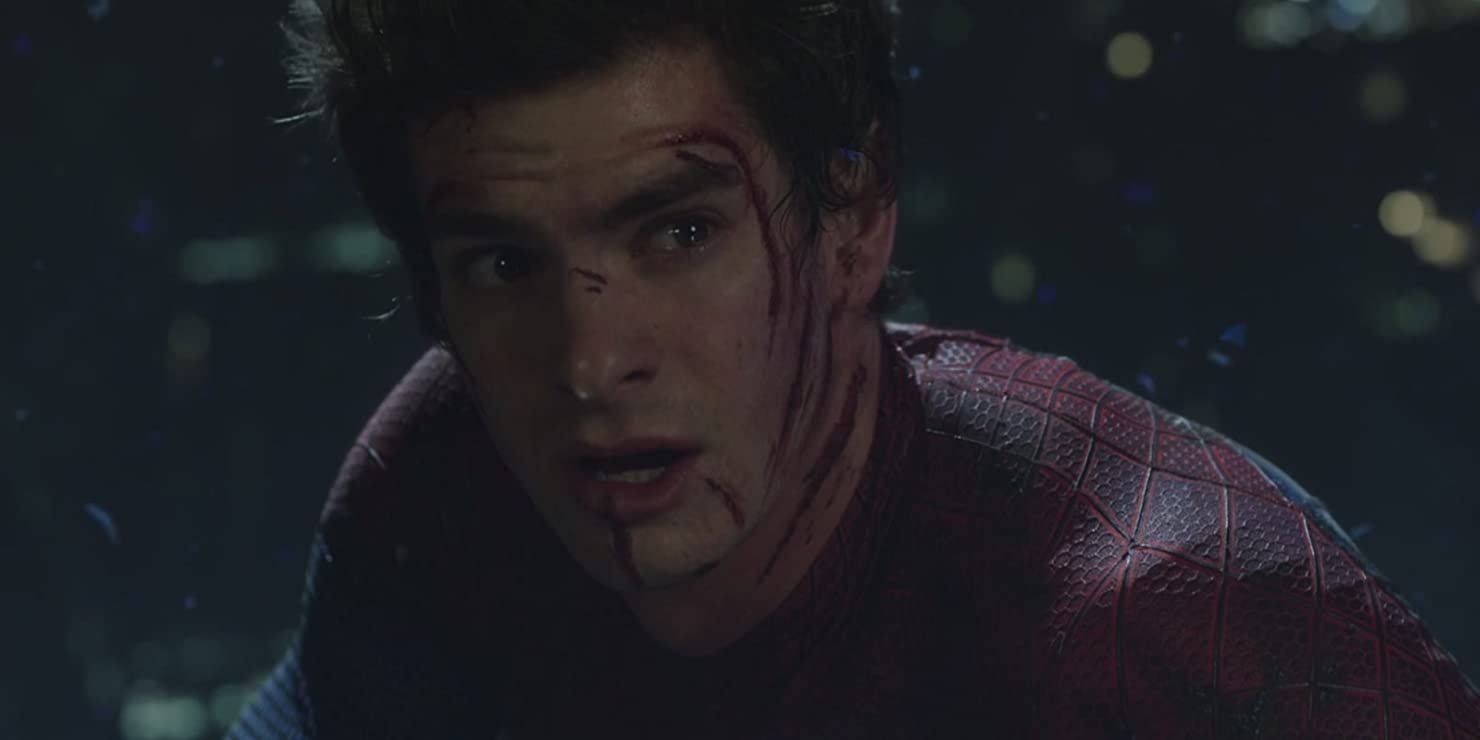
Before being hired to direct The Amazing Spider-Man, Marc Webb’s only feature directorial credit was (500) Days of Summer. With its by-the-numbers direction and uninspired action, The Amazing Spider-Man plays like a big-budget superhero blockbuster placed in the hands of the guy who directed (500) Days of Summer.
Sam Raimi’s Spider-Man movies were truly dazzling, with a unique visual style, which was unsurprising from the guy who directed The Evil Dead.
2 Right: Fixing The Mistakes Of Spider-Man 3
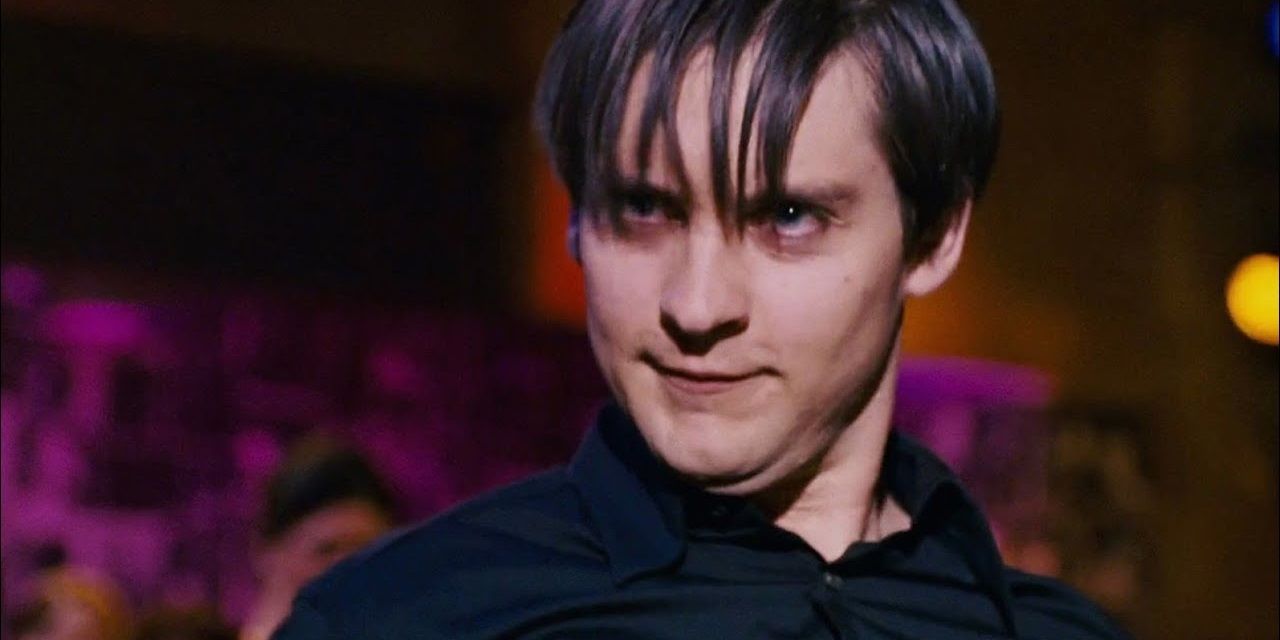
While The Amazing Spider-Man was far from a perfect movie, it was certainly better than its predecessor, Spider-Man 3, which suffered from studio interference bungling Raimi’s original vision.
One of the main issues in Spider-Man 3 was an overstuffed plot with too many villains. The Amazing Spider-Man streamlined that by focusing on Spidey’s origin story and giving him just one enemy to contend with. Unfortunately, the sequel fell right back into those trappings.
1 Wrong: Repeating Spidey’s Origin Story

When Spider-Man’s movie franchise was rebooted yet again within the Marvel Cinematic Universe just two years after The Amazing Spider-Man franchise failed miserably, Kevin Feige and Amy Pascal made the wise decision to skip the origin story.
Since Spidey is one of the world’s most beloved characters, pretty much everyone knows his origin story. It didn’t need to be told on the big screen for a third time. And for that matter, in The Amazing Spider-Man, it didn’t need to be told a second time.
https://ift.tt/2GAy3xR
September 06, 2020 at 05:30AM




